Metamorphic data provide essential constraints on a wide range of geological processes. Quantifying the pressure (P)–temperature (T)–time (t) conditions recorded by metamorphic rocks is an important aspect of geoscience investigations performed by the Geological Survey of Western Australia (GSWA).
Access Metamorphic History (GeoVIEW.WA)

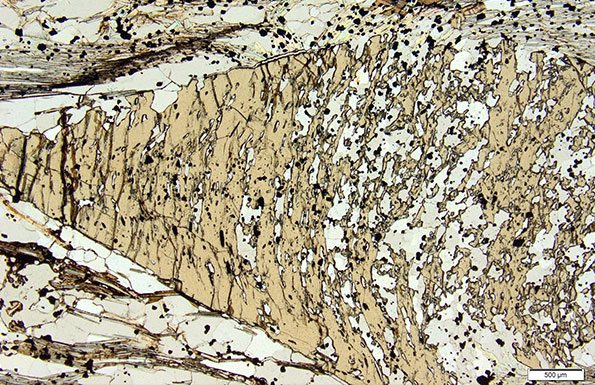
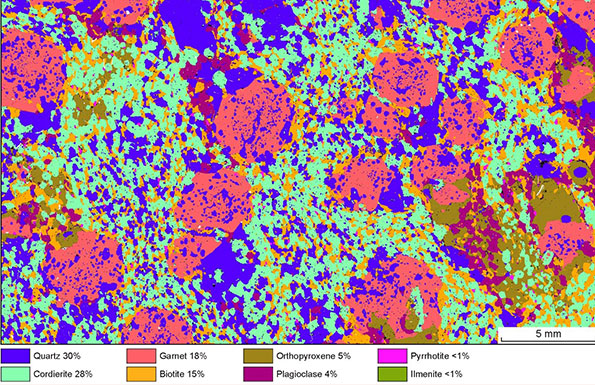
Most exposed rocks in Western Australia have been subjected to changes during their long histories. Metamorphism is the change that occurs in rocks due to variations in pressure (P), temperature (T) or chemically active fluids resulting from geological events. These changes directly express the evolving thermal regime, which reflects the geodynamics driving the metamorphism. Variations in P, T and fluids change the mineralogy of rocks, as well as the compositions of the minerals. Consequently, the mineral assemblages and their textural relationships provide a record of the P–T conditions that can be used to decipher the underlying tectonic and geodynamic processes that drove the metamorphism. Our ability to interpret the evidence recorded by metamorphic rocks is critical to understanding their history and to constraining terrane evolution models.
The development of improved thermobarometric techniques, such as phase equilibria modelling and the use of internally consistent thermodynamic datasets, have enhanced our ability to retrieve more precise and reliable P–T data from metamorphic rocks. These data can also be integrated with age, chemical and textural information from datable accessory minerals to better define P–T–time (t) paths. The apparent thermal gradients calculated from P–T data relate directly to the thermal regime at the time of metamorphism, which can be used to infer geodynamic setting and heat source, whereas the overall shape of the
P–T–t path reflects the relative rates of burial and heating vs cooling and exhumation. Together these data can be used to define a sequence of geological events and to identify tectonothermal drivers.

Metamorphic data, including P, T, metamorphic facies, assemblage, age, and calculated thermal gradients, obtained by GSWA is best accessed using GeoVIEW.WA. This online interactive mapping system allows data to be viewed and searched together with other datasets, including geological maps, geophysics, geochronology data, and mineral exploration datasets. The Metamorphic History dataset can be downloaded from the Data and Software Centre. Metamorphic data are published in Metamorphic History Records that are also available on GeoVIEW.WA. The information provided in GeoVIEW.WA is updated regularly.
Recent publications
-
 Record 2020/14 The utility of the metamorphic rock record
Record 2020/14 The utility of the metamorphic rock record
-
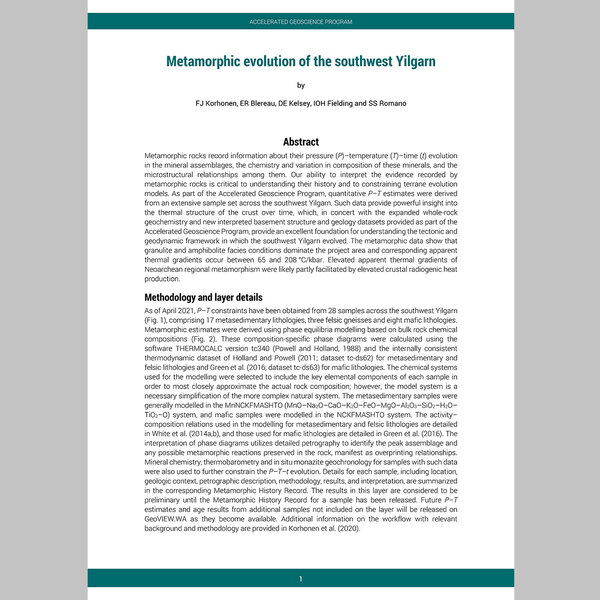 Metamorphic evolution of the southwest Yilgarn
Extended abstract from the southwest Yilgarn Accelerated Geoscience Program
Metamorphic evolution of the southwest Yilgarn
Extended abstract from the southwest Yilgarn Accelerated Geoscience Program
-
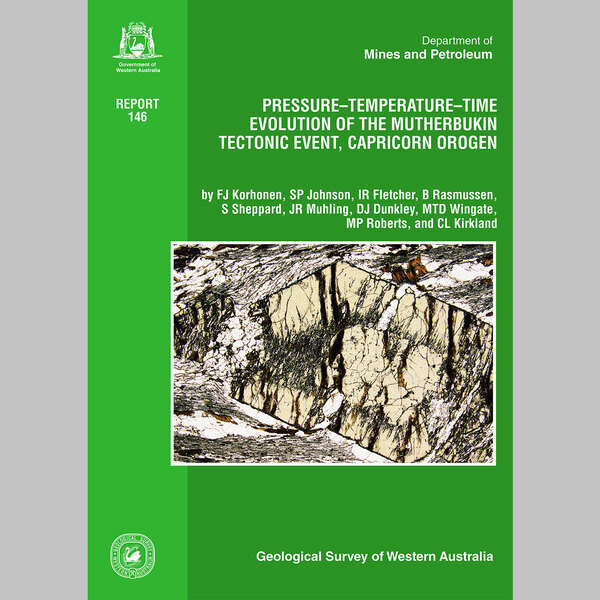 Report 146
Pressure–temperature–time evolution of the Mutherbukin Tectonic Event, Capricorn Orogen
Report 146
Pressure–temperature–time evolution of the Mutherbukin Tectonic Event, Capricorn Orogen
-
 The last gasp of King Leopold
New insights into the evolution of the West Kimberley (abstract)
The last gasp of King Leopold
New insights into the evolution of the West Kimberley (abstract)
-
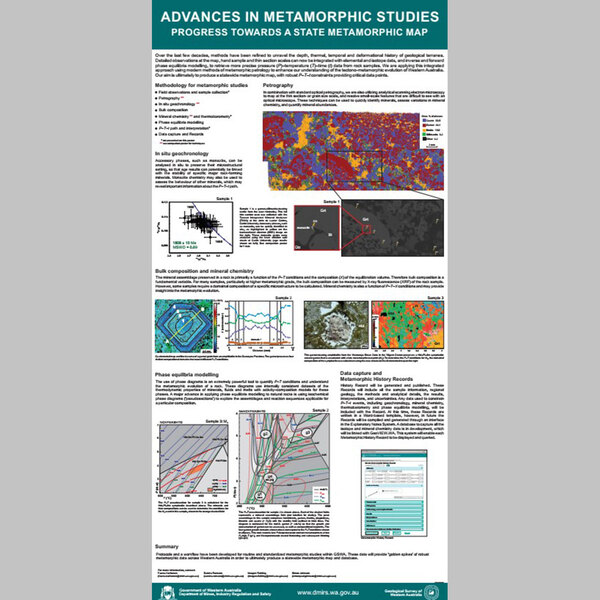 Advances in Metamorphic Studies
Progress Towards a State Metamorphic Map (poster)
Advances in Metamorphic Studies
Progress Towards a State Metamorphic Map (poster)
-
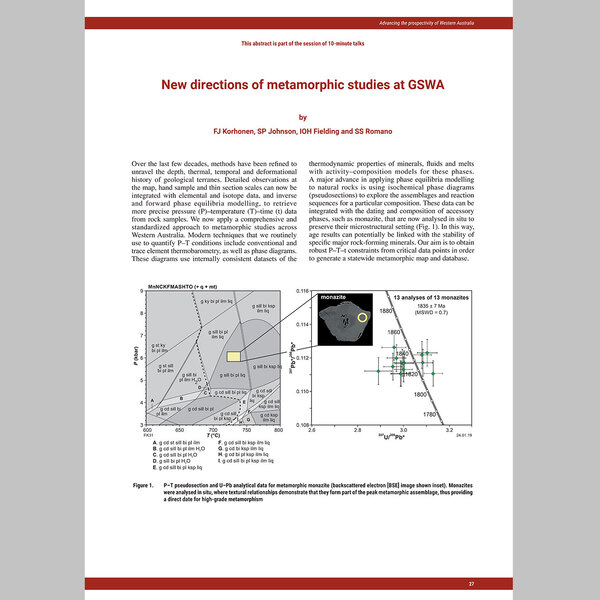 Advances in Metamorphic Studies
Progress Towards a State Metamorphic Map (abstract)
Advances in Metamorphic Studies
Progress Towards a State Metamorphic Map (abstract)
Contact
For further information contact:
metamorphic.history@dmirs.wa.gov.au
